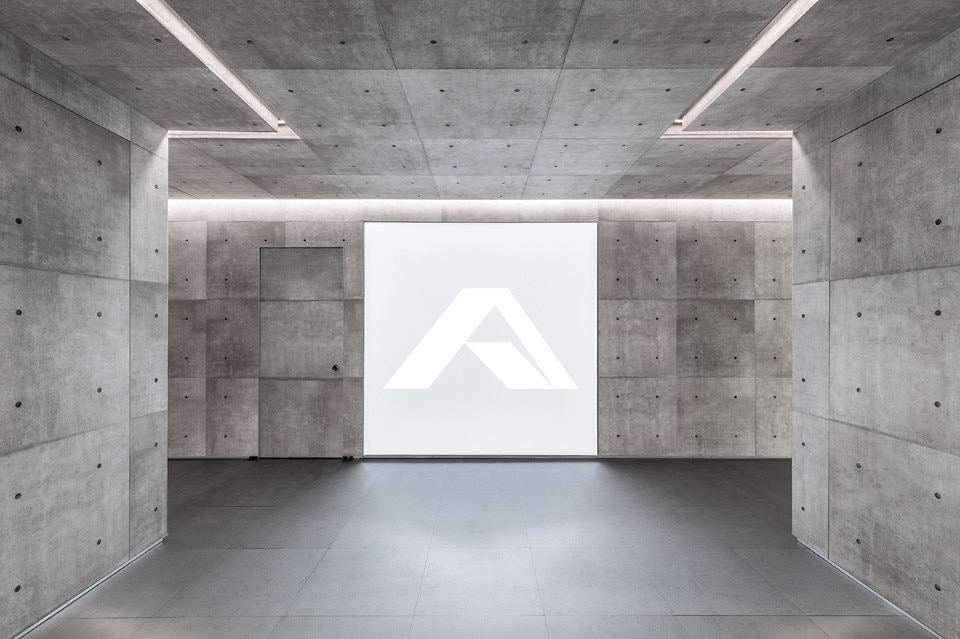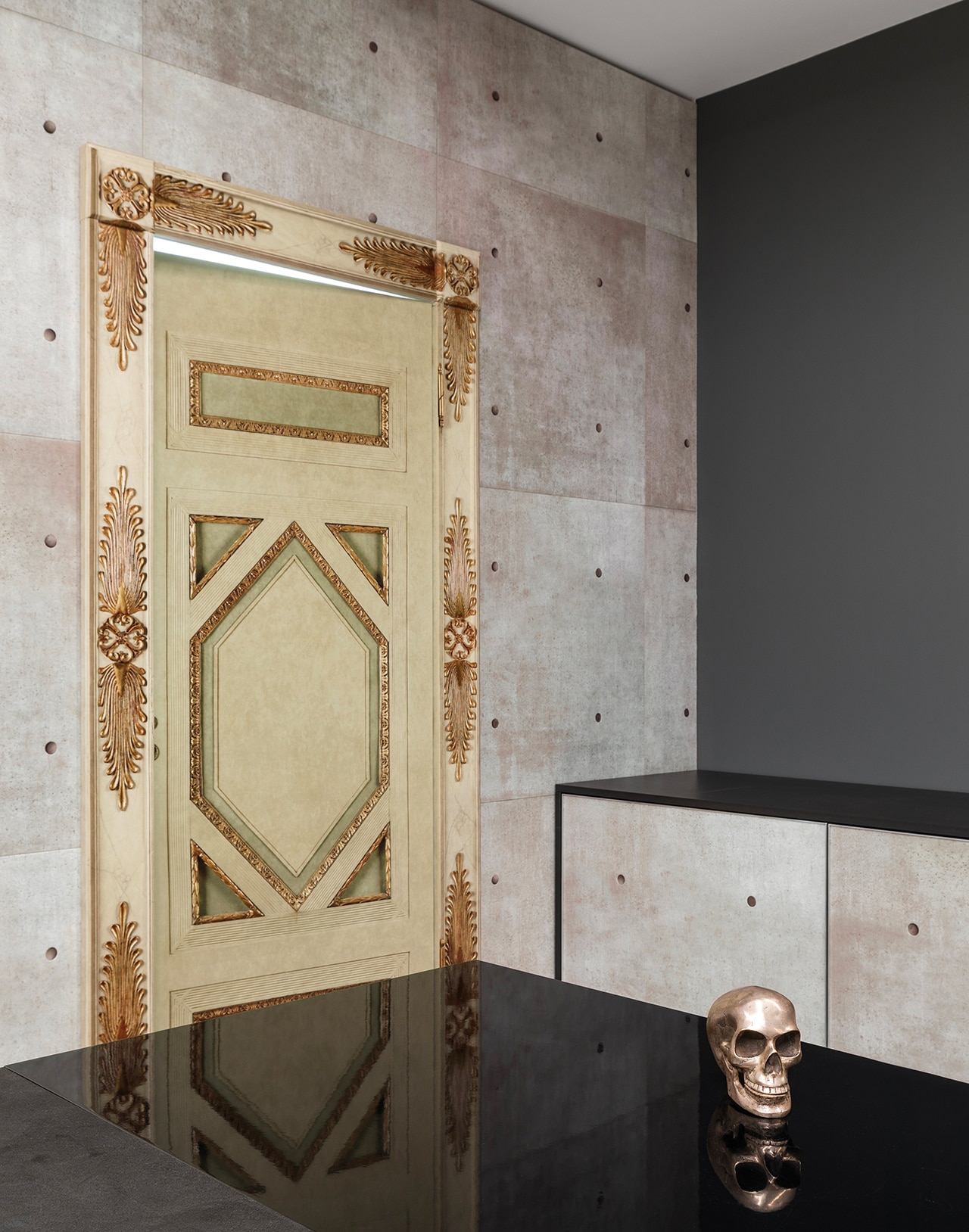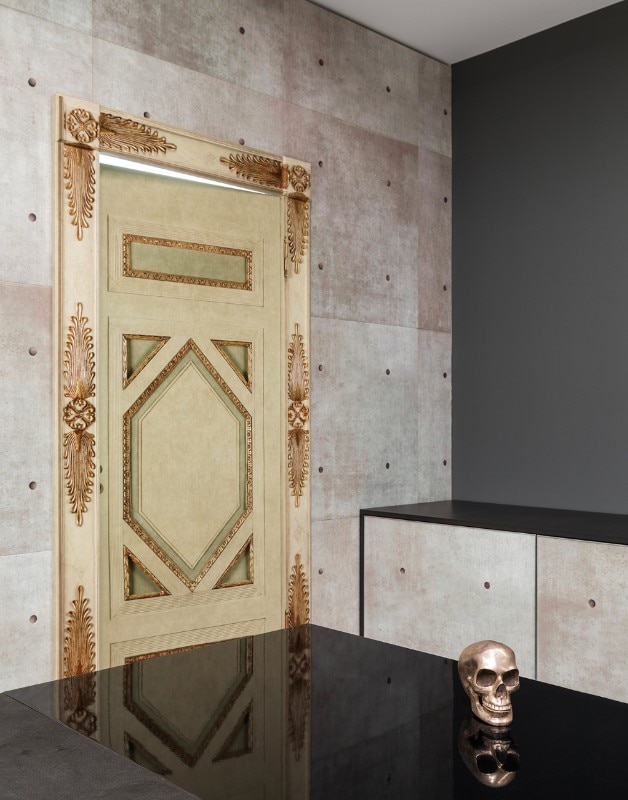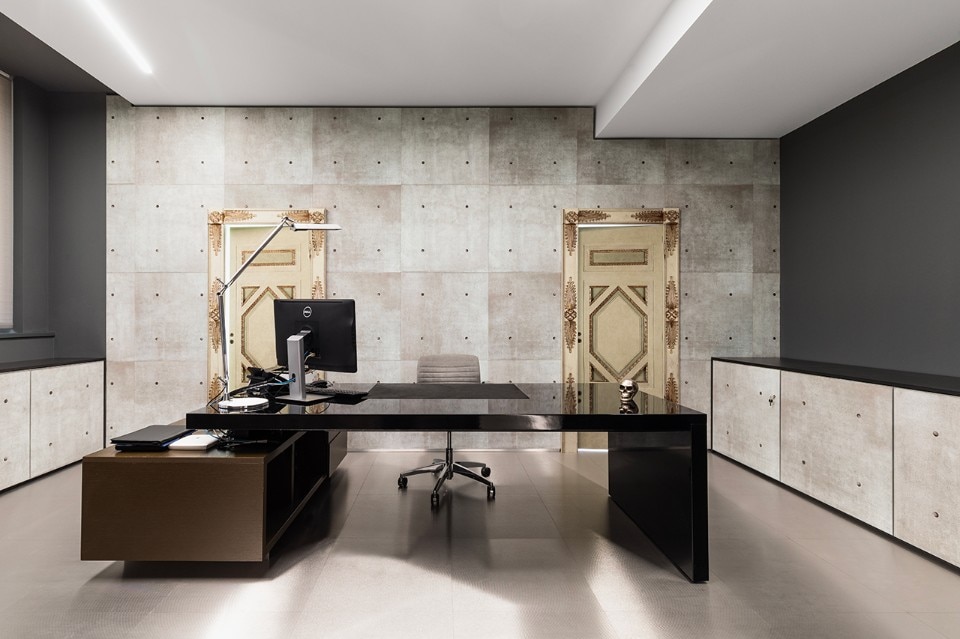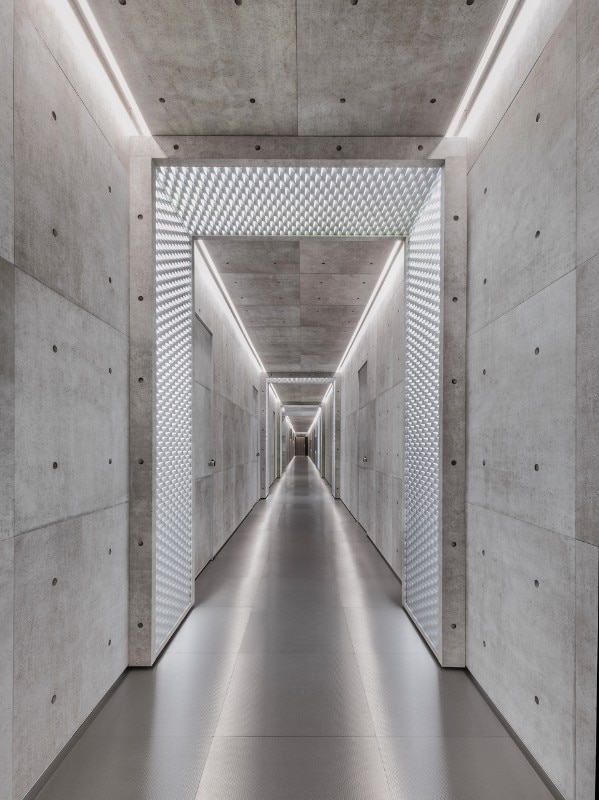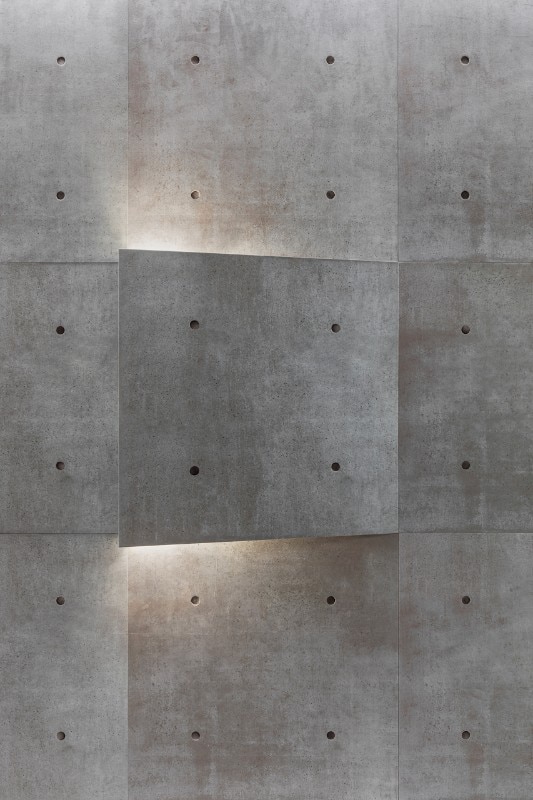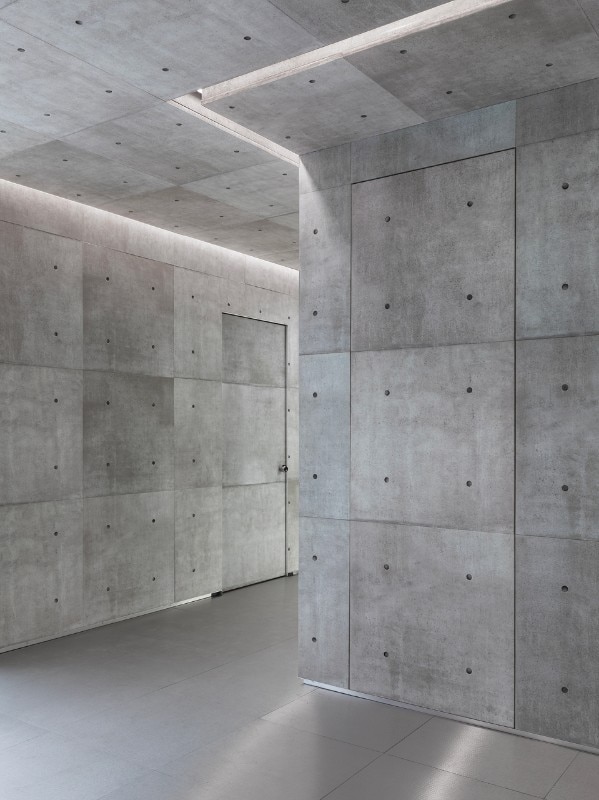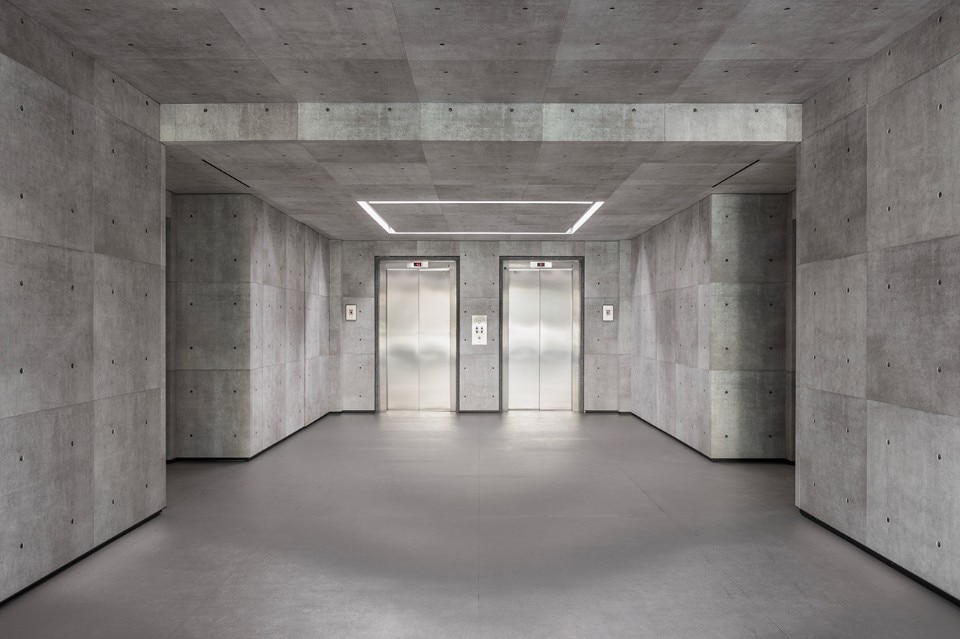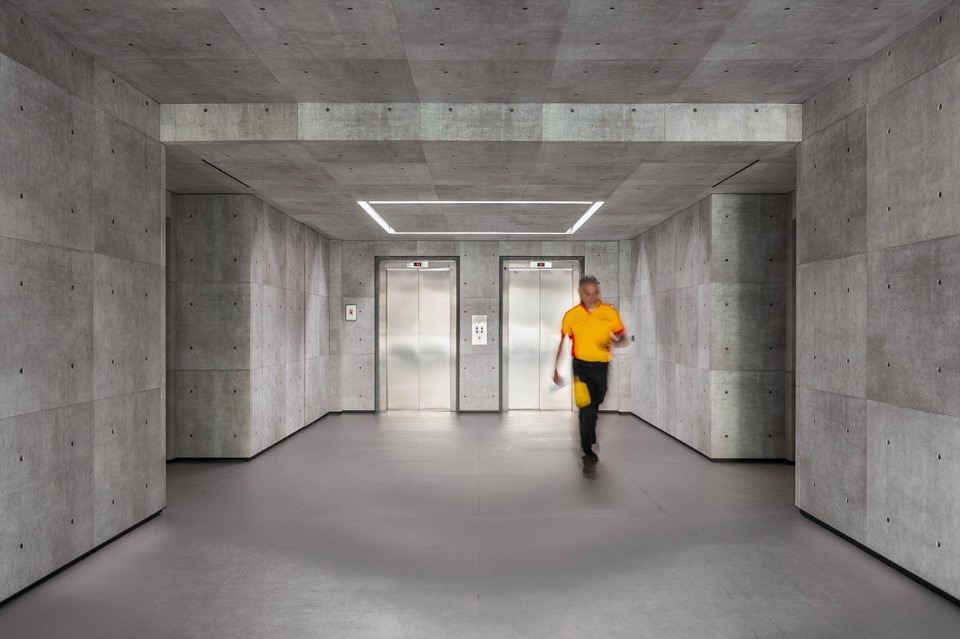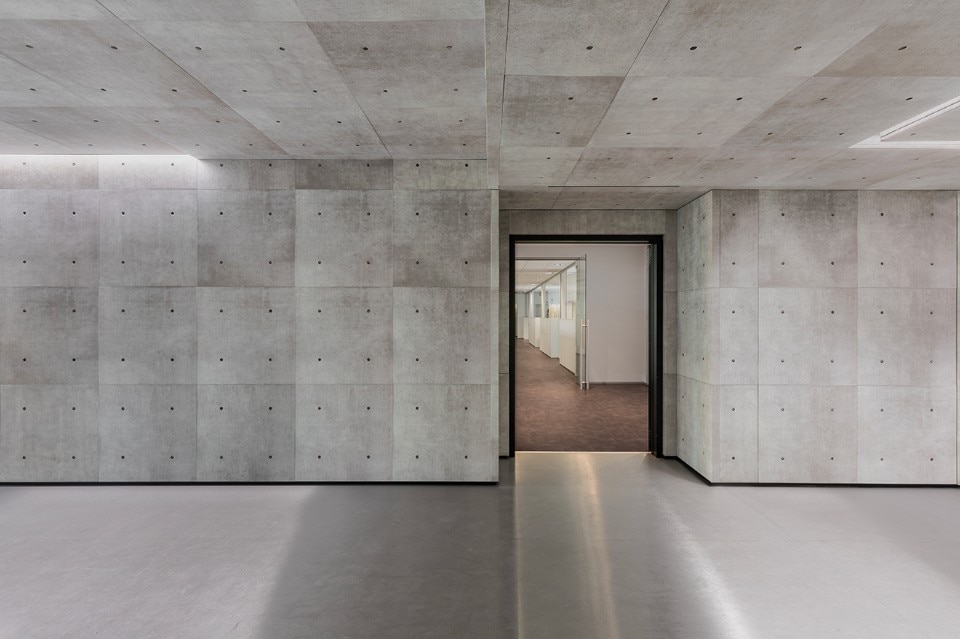Since the exhibition at the Aurora Museum designed by Tadao Ando in Shanghai in 2015, the collaboration between Alcantara and Gentucca Bini has just kept on going. A year later, during the International Furniture Exhibition in Milan, she used the same material for an intervention on the facade of the Corso Como building in Milan. Now, the fashion designer with her own brand will be handling the restyling of the company’s Milan headquarters.
How did your collaboration with Alcantara begin?
In 2014 I was called by Domitilla Dardi to take part in a collective exhibition that she was curating along with Giulio Cappellini for Alcantara at the Maxxi in Rome: “Souvenirs d’Italie, with Lanzavecchia Wai, Paola Navone and other designers. The brief was to design souvenirs of Italy using Alcantara as the main material. I was the only designer to be chosen from the world of fashion, even if in reality it was the fashion world to have drawn me from the design and architecture sectors many years earlier. I decided to work on a small project which was a blend of fashion and design, and I produced four pairs of gloves made of marble printed on Alcantara to simulate the hands of Rome’s statues, positioned to mimic typical Italian gestures. I then gave a name to each of the gestures: aó, tiè, ave, vaff. Each pair with the left hand pre-formed in the position of a gesture, to be sold in a Barbie-style packaging which depicted various examples of Roman architecture.
In printing a material onto Alcantara, I realised that it was possible to faithfully reproduce reality by using avant-garde printing techniques, fooling the viewer until the very moment they touched the material. The expectation of touching a cold material such as marble and instead finding a soft and warm velvet-like surface led me to reflect on a number of design concepts which have led me to now produce interior design items using the same technique, which I have honed over the last four years together with the company.
Other projects developed with the company, both in the past and for the future?
Immediately after this, I was invited to take part in the collective exhibition in Palazzo Reale in Milan in 2015. The exhibition saw the participation of Ingo Maurer, Italo Lupi, Migliore and Servetto, among others. The brief from the curators was to interact with the space, the Apartment of the Prince, using Alcantara. The only limit was that we could not touch anything: walls, furniture, etc., everything had to remain intact. I thought: “I’ll show you”. So I tried to create reproductions using my printing technique on Alcantara. I reproduced parts of rooms, walls, furniture and floors, and I placed in the same position as the originals, but set off kilter, making them fall or explode, creating optical illusions or interference, anomalies which surprised the user, used to the order and perfection of those rooms which had been preserved intact for centuries. Thus, through mimesis, Alcantara allowed me to cause the untouchable wallpaper to peel off and to rotate, to distort the parquet and to raise the floor. I knew my efforts had worked perfectly when the cleaning lady came into one of the rooms and shouted: “Argh, the wallpaper is peeling off!” Mission accomplished. So, the year after, I was invited to the following edition of the exhibition, curated by Massimo Torrigiani, Davide Quadrio and Selva Barni.
Being eclectic does not mean losing one’s own talent or creativity, it means extending and amplifying it. Common perception does not see the whole picture, it favours difference. I am interested in complexity and the whole.
What is it about this material that attracts you, and how do you prefer to use it?
As well as representing avant-garde technology and being a sustainable material, both in terms of design and for its Carbon Neutral internal structure, it is a fascinating and highly complex material. It is the result of a complex production process which begins with two polymers and finishes, via kilometres of industrial processing, with the creation of threads of an infinitesimal calibre which are pressed and refined. Fascinated by my first trials, I understood that the results of high-resolution printing of architectural or furnishing elements was notable, and that I was able to produce a three-dimensional effect on a material that was inexorably flat. This aspect allows me to create optical illusions within spaces that would be impossible to produce in architecture.
You are a fashion designer, and Alcantara has asked you to develop a concept for the restyling of their headquarters in Milan. Isn’t that a little unusual?
“Gentucca, what do you actually do?” This is the question that I have always been most frequently asked. Being eclectic does not mean losing one’s own talent or creativity, it means extending and amplifying it. Common perception does not see the whole picture, it favours difference. I am interested in complexity and the whole. I apply design to all disciplines, as it is the first renaissance form of sustainable thought to be applied in order to create evolution. I am interested in design, whatever the environment I find myself in. This is why I am often called upon to act as creative director for important fashion and design brands, because evolution and contemporariness can only be created through design. Therefore, the answer to the question is that I am a designer.
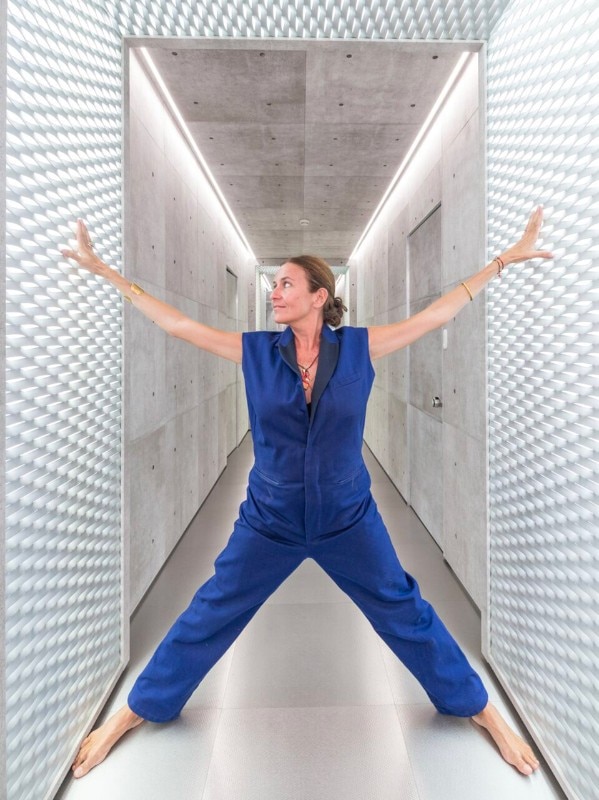
What has been your inspiration for the design of the spaces?
I decided to characterise the late-1980s spaces which have remained untouched until now with architecture which would be impossible for the current, and which bases its cultural and formal references on the architecture of Tadao Ando. Reinforced concrete printed onto Alcantara invades the spaces with blades of light simulating the natural ones found in his church in Hiroo, and the parasitic approach of his architecture which exists in environments that are far-removed from the austerity of the materials used - an approach which I agree with and which I have always applied to my designs in the name of that form of contrast which is created to amplify the perception of the memory and the context itself.
Looking back, what job would you like to have done? Architect?
I always look back every time I begin a project, and also as I produce, and every time, I realise that the job I am doing is the one I want to do.


